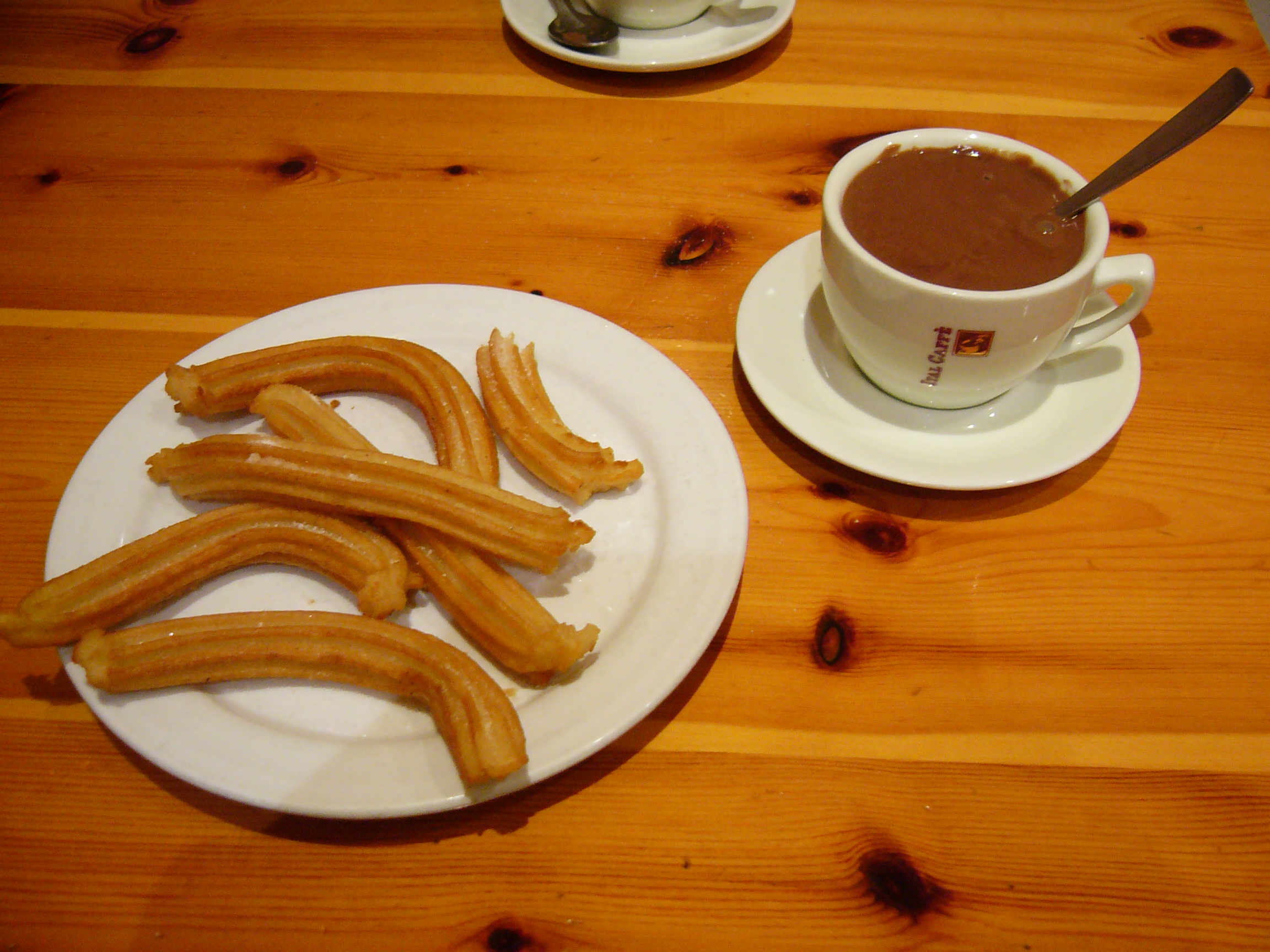The most popular restaurant in town that day was Taco Johns. I didnt know it then, but Taco Johns is the third-largest taco chain in the United States, with nearly 500 locations. But what lured me that morning was a drive-through line snaking out from the faux-Spanish revival building (whitewashed adobe and all) and into the street. Once I inched my rental car next to the menu, I was offered an even more outrageous simulacrum of the American Southwest: tater tots, that most Midwestern of snacks, renamed Potato Olés and stuffed into a breakfast burrito, nacho cheese sauce slowly oozing out from the bottom of the flour tortilla.
There is nothing remotely Mexican about Potato Olésnot even the quasi-Spanish name, which has a distinctly Castilian accent. The burrito was more insulting to me and my heritage than casting Charlton Heston as the swarthy Mexican hero in Touch of Evil. But it was intriguing enough to take back to my hotel room for a taste. There, as I experienced all of the concoctions gooey, filling glory while chilly rain fell outside, it struck me: Mexican food has become a better culinary metaphor for America than the melting pot.
Back home, my friends did not believe that a tater tot burrito could exist. When I showed them proof online, out came jeremiads about inauthenticity, about how I was a traitor for patronizing a Mexican chain that got its start in Wyoming, about how the avaricious gabachos had once again usurped our holy cuisine and corrupted it to fit their crude palates.
In defending that tortilla-swaddled abomination, I unknowingly joined a long, proud lineage of food heretics and lawbreakers who have been developing, adapting, and popularizing Mexican food in El Norte since before the Civil War. Tortillas and tamales have long left behind the moorings of immigrant culture and fully infiltrated every level of the American food pyramid, from state dinners at the White House to your local 7-Eleven. Decades worth of attempted restrictions by governments, academics, and other self-appointed custodians of purity have only made the strain stronger and more resilient. The result is a market-driven mongrel cuisine every bit as delicious and all-American as the German classics we appropriated from Frankfurt and Hamburg.
Food is a natural conduit of change, evolution, and innovation. Wishing for a foodstuff to remain static, uncorrupted by outside influenceespecially in these United Statesis as ludicrous an idea as barring new immigrants from entering the country. Yet for more than a century, both sides of the political spectrum have fought to keep Mexican food in a ghetto.
Some staples of the Mexican diet have been thoroughly assimilated into American food culture. No one nowadays thinks of chili as Mexican, even though it long passed for Mexican food in this country; meanwhile, every Major League baseball and NFL stadium sells nachos, thanks to the invention of a fast-heated chips and cheese combination concocted by an Italian-American who was the cousin of Johnny Cashs first wife. Only in America!
From the right has come the canard that the cuisine is unhealthy and alien, a stereotype dating to the days of the Mexican-American War, when urban legend had it that animals wouldnt eat the corpses of fallen Mexican soldiers due to the high chile content in the decaying flesh. Noah Smithwick, an observer of the aftermath of the Battle of San Jacinto in 1836, claimed the cattle got to chewing the bones [of Mexican soldiers], which so affected the milk that residents in the vicinity had to dig trenches and bury them.
In the course of this culinary blending, a multibillion-dollar industry arose. And thats where leftist critics of Mexican food come in. For them, theres something inherently suspicious about a cuisine responsive to both the market and the mercado. Oh, academics and foodies may love the grub, but they harbor an atavistic view that the only true Mexican food is the just-off-the-grill carne asada found in the side lot of your local abuelita (never mind that it was the invading Spaniards who introduced beef to the New World). Mexicos European-and-Indian soul, writes Rick Bayless, the high priest of the authentic Mexican food movement, in his creatively titled book, Authentic Mexican, feels the intuitions of neither bare-bones Victorianism nor Anglo-Saxon productivitya line reminiscent of dispatches from the Raj. If it were up to these authentistas, wed never have kimchi tacos or pastrami burritos. Salsa would not outsell ketchup in the United States. This food of the gods would be locked in Mexican households and barrios of cities, far away from Anglo hands.
Ill never forget the delight I felt a couple of years ago when I worked on a series of investigative stories on Orange County neo-Nazis. One of the photos I unearthed showed two would-be Aryans scarfing down food from Del Taco, a beloved California chain best known for its cheap and surprisingly tasty burritos. The neo-colonizers have become the colonized, and no one even fired a shot.
Full Story Here
Anyway, I think the full article is VERY well worth reading (and all the c/p'ing there is just from the first page). I think it's an interesting take that the bastardization of cuisine is actually a sign of cultural acceptance, but that it ALSO leads to an integration and innovation within the cuisine itself to create even tastier hybrid dishes. You could make the same point about what we Americans think of as "Pizza" and what passes for Pizza in Italy I suppose. I've been meaning to post this for a while but I kept going back and forth about doing it.

